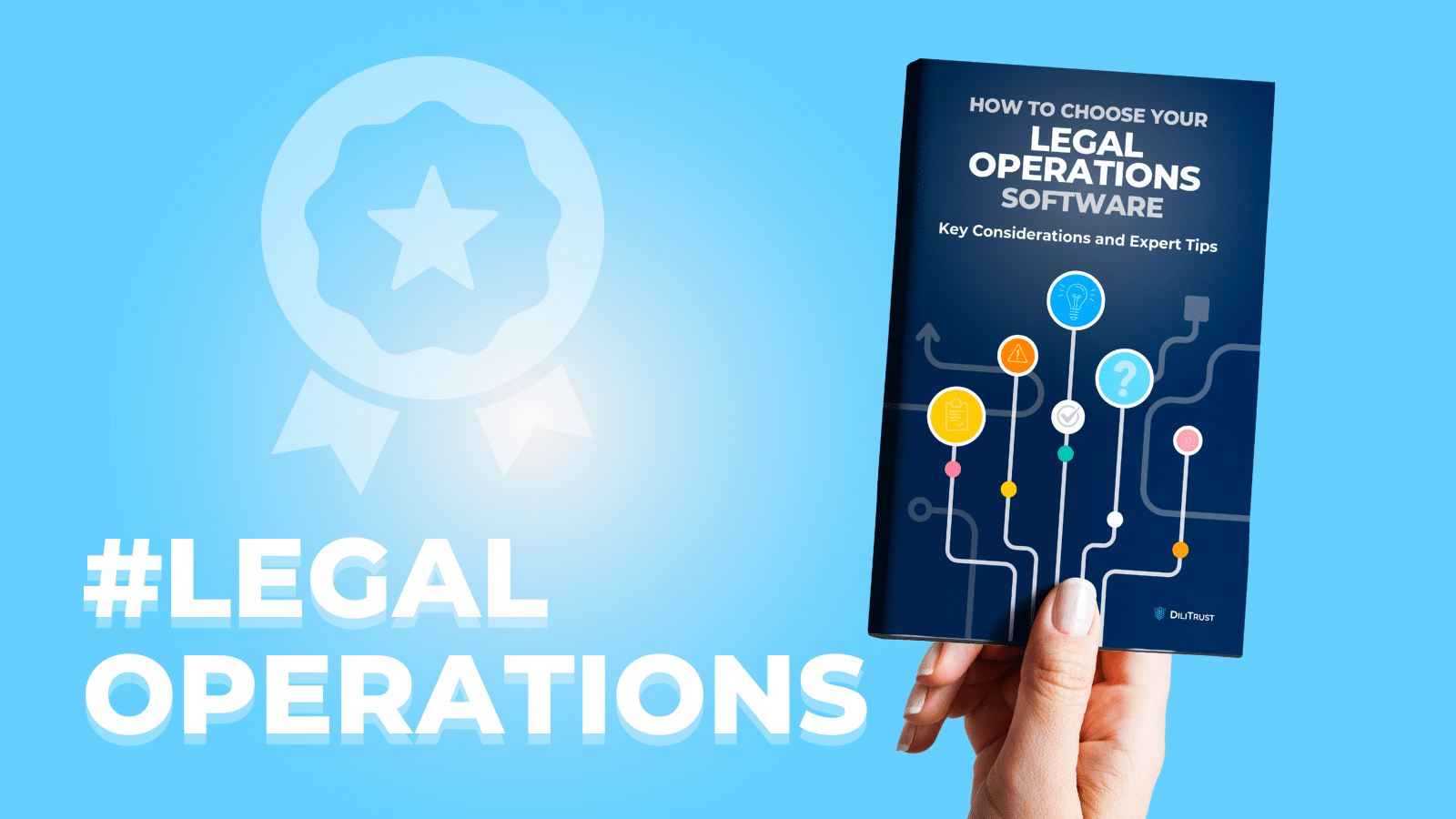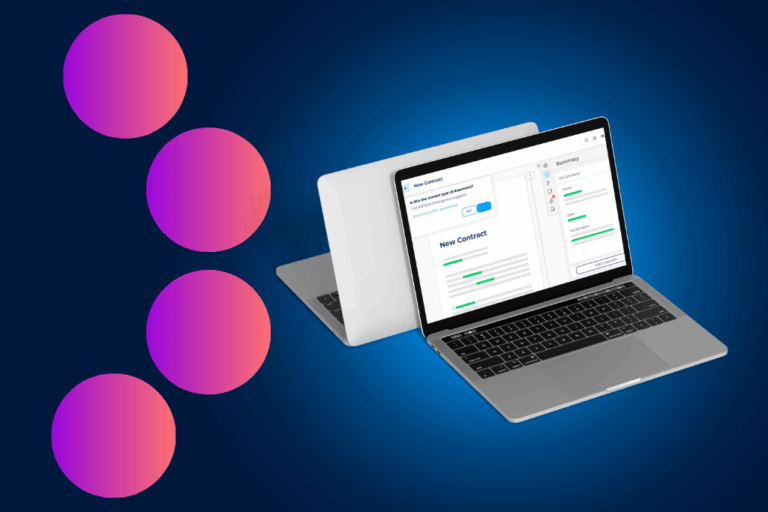In everyday language, the words “dispute” and “litigation” are sometimes used interchangeably. Yet, although they are closely related, these two terms cover different legal system concepts.
In this article, you’ll discover the real difference between a dispute and a litigation, as well as tips for companies on how to manage these disagreements through the litigation process or alternative dispute resolution methods such as mediation or arbitration, which may lead to a settlement approved by a court of law.
What is a dispute?
In its official legal definition, dispute is a conflict of claims or rights between two or more people concerning the exercise of a right. The definition of a dispute therefore encompasses different types of disagreement, which may arise from a contract, although this is not always the case.
There are different categories of disputes, depending on the status of the parties:
On a daily basis, many people are confronted with legal disputes, in areas such as buying and selling, services, family, real estate, work or banking. Some cases may involve personal injury, breach of contract, or even criminal law issues when one party violates legal obligations.
What is litigation?
Litigation is not fundamentally different from litigation. In fact, the two notions are closely linked, since litigation refers to a legal action aimed at having a dispute settled by a judge.
Based on this definition, not all disputes give rise to litigation, but litigation is always the result of a dispute. To understand this distinction, we need to understand that a dispute can be settled in two ways:
Litigation involves an act or process through which either party can take legal action. A lawsuit must be filed according to specific rules and regulations, including service of process. During the process of resolving a case, attorneys and a lawyer may conduct discovery and prepare for trial. If the outcome is contested, the case may be appealed to a higher court or even the supreme court.
Within a company, the litigation department is responsible for managing disputes between the company and its customers, suppliers and other stakeholders. Made up of lawyers and legal advisors, this department responds to the company’s major challenges within business law practice, and provides internal legal advice when needed.
What are the major challenges facing companies in terms of litigation and disputes?
The management of disputes and litigation is at the heart of several key issues for companies. Poorly managed litigation can cost an organization dearly, both financially and in terms of image.
Hence the key role played by the legal department, and the processes put in place internally to prevent and manage disagreements.
Customer disputes are particularly critical. They may relate to product quality, contractual specifications (delivery times, product or service characteristics), or invoicing (late payment, invoice errors, etc.).
As they have a direct impact on customer satisfaction, these disputes must be dealt with quickly and accurately. The company’s reputation and sales are at stake.
Good management of disputes and litigation helps preserve the company’s relations with all stakeholders (customers, suppliers, service providers).
These relationships are of critical importance, especially when there are many stakeholders involved. The slightest disagreement, if poorly managed, can lead to delays, financial losses and reputational damage.
The risks associated with disputes and litigation have always existed, but their importance has increased over the last decade with the use of digital technology.
These days, all it takes is a few negative comments on a product sheet or a social network to jeopardize a company’s business.
Hence the importance of responsiveness in managing disputes, particularly in the context of customer satisfaction.
How do you manage your litigation files?
Within a company, the management of disputes and litigation requires rigorous organization. Indeed, the slightest error in these matters can have major financial or image repercussions.
Optimal management of disagreements is based on several elements:
- Risk anticipation, based on an overview of all stakeholders and a precise analysis of legal and financial risks.
- responsiveness and efficiency, based on an optimal organization in which files are centralized and easily accessible
- Case traceability, so you never miss an update on a dispute, facilitate collaboration, and better manage all ongoing cases.
Finally, to control risks and progressively reduce disagreements, it is important to have an overview of them.
How can a solution like DiliTrust help you manage disputes?
To facilitate dispute management and reduce the risk of error, companies need secure, high-performance tools that are easy to use. The ideal solution is to have a single platform that centralizes all disputes and litigation, facilitating collaboration, information retrieval and case follow-up. This is what the DiliTrust Governance suite’s dispute and litigation management module offers.
This SaaS-based software centralizes all disputes on a single, fully secure tool, making it easier to find information and work as a team. Thanks to a system of alerts, users never miss a file update, which means they can be more reactive and reduce the risk of error. DiliTrust also enables customized dashboards to be produced, providing an overview of disagreements and their financial impact.
This kind of solution makes for more efficient, more precise litigation management. By handling cases more quickly, and with reduced risk, the company ensures better control of legal and financial risks. It also helps improve relations with customers and suppliers.



